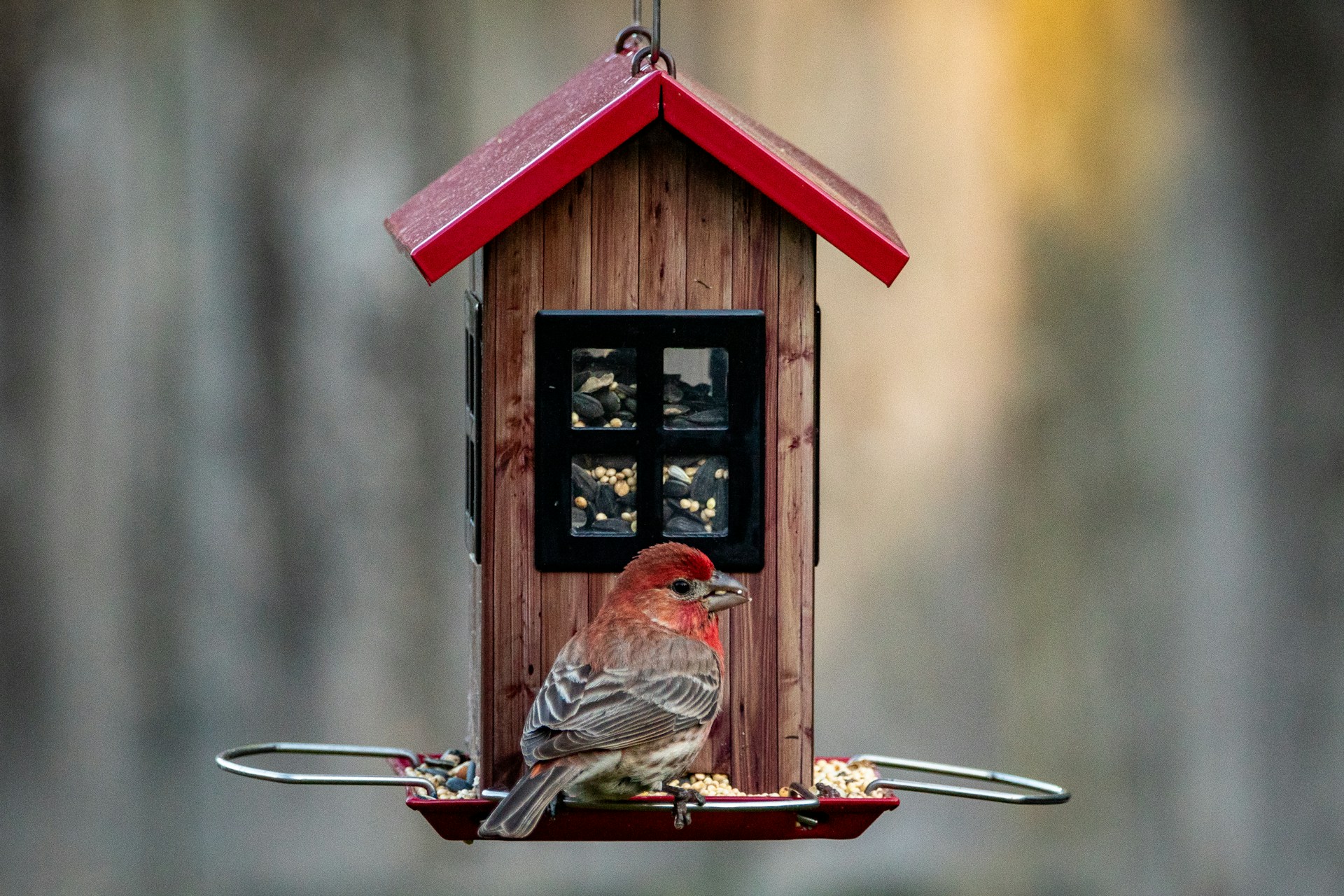PROTECT YOUR DNA WITH QUANTUM TECHNOLOGY
Orgo-Life the new way to the future Advertising by AdpathwayBird feeders are a great way to attract a variety of bird species to your yard, but if you’ve set up a feeder and aren’t seeing many visitors, you might be making some mistakes that are unintentionally scaring birds away. While birds are naturally cautious, certain factors can make them avoid your feeder entirely. Here are five common bird feeder mistakes and how to fix them.
1. Placing the Feeder in the Wrong Spot
Location is everything when it comes to bird feeders. If your feeder is placed in an area that feels unsafe to birds, they’ll simply stay away. Birds prefer feeding locations that offer both visibility and security.
Common placement mistakes include:
- Hanging feeders in wide-open spaces without nearby trees or shrubs.
- Placing the feeder too close to windows, leading to potential collisions.
- Positioning it too close to areas with heavy foot traffic or loud noises.
How to fix it: Choose a spot that offers some cover, like near bushes or trees, where birds can quickly take shelter if they sense danger. However, make sure branches aren’t too close, as they can provide easy access for predators like cats or squirrels. If placing near windows, use decals or screens to minimize the risk of bird collisions.
2. Using the Wrong Type of Bird Food
Not all bird food is created equal, and using the wrong type can discourage birds from visiting your feeder. Low-quality seeds or inappropriate food choices can make birds hesitant to return.
Common food mistakes include:
- Offering seed mixes with too much filler (e.g., red millet, oats, or wheat), which many birds avoid.
- Using stale or moldy seeds can be harmful to birds.
- Offering food that attracts the wrong species or too many aggressive birds, like house sparrows and starlings.
How to fix it: Invest in high-quality birdseed that caters to the species you want to attract. Black oil sunflower seeds, nyjer (thistle) seeds, and suet are excellent choices. Regularly check for mold and replace old seed to keep your feeder fresh and inviting.
3. Not Keeping the Feeder Clean
A dirty feeder isn’t just unappealing, it can also be dangerous for birds. Mold, bacteria, and spoiled food can make birds sick and discourage them from returning.
Signs your feeder needs cleaning:
- Seeds clumped together due to moisture.
- Visible mold, dirt, or waste buildup.
- Fewer birds visiting, even though food is available.
How to fix it: Clean your feeder at least once every two weeks, or more often in wet weather. Use a solution of one part vinegar to nine parts water or a mild bleach solution (1:10 ratio). Scrub thoroughly and let the feeder dry completely before refilling. Also, rake up discarded seeds and hulls beneath the feeder to prevent mold growth and unwanted pests.
4. Allowing Too Many Predators or Pests
If birds feel threatened while feeding, they won’t stick around. Common threats include cats, squirrels, and even larger predatory birds that may lurk nearby.
Common predator and pest mistakes include:
- Placing feeders too close to ground level, where cats can easily pounce.
- Not using squirrel-proof feeders or deterrents.
- Ignoring signs of hawks or other large birds that may scare off smaller species.
How to fix it: If you have outdoor cats in your area, keep feeders elevated at least 5–6 feet off the ground and away from potential hiding spots. Use squirrel baffles or weight-sensitive feeders to keep unwanted visitors at bay. If hawks are an issue, consider moving the feeder under a covered area or near dense foliage where smaller birds can find cover.
 Photo by Dušan veverkolog
Photo by Dušan veverkolog5. Inconsistent Feeding and Routine Changes
Birds rely on routine and will frequent feeders where they know they can find a steady supply of food. If your feeder is frequently empty or moved too often, birds may stop visiting altogether.
Common consistency mistakes include:
- Letting feeders go empty for long periods.
- Constantly moving the feeder around.
- Only putting out food during certain seasons when birds might need it year-round.
How to fix it: Try to maintain a consistent feeding schedule, especially during colder months when food sources are scarce. If you need to relocate your feeder, do so gradually so that birds have time to adjust. Even if natural food sources are abundant in spring and summer, keeping your feeder stocked encourages birds to return regularly.
Final Thoughts
If birds aren’t coming to your feeder, small adjustments can make a big difference. By placing your feeder in a secure location, offering high-quality food, keeping it clean, deterring predators, and maintaining a steady routine, you’ll create a welcoming environment that attracts and retains birds.


























 English (US) ·
English (US) ·  French (CA) ·
French (CA) ·